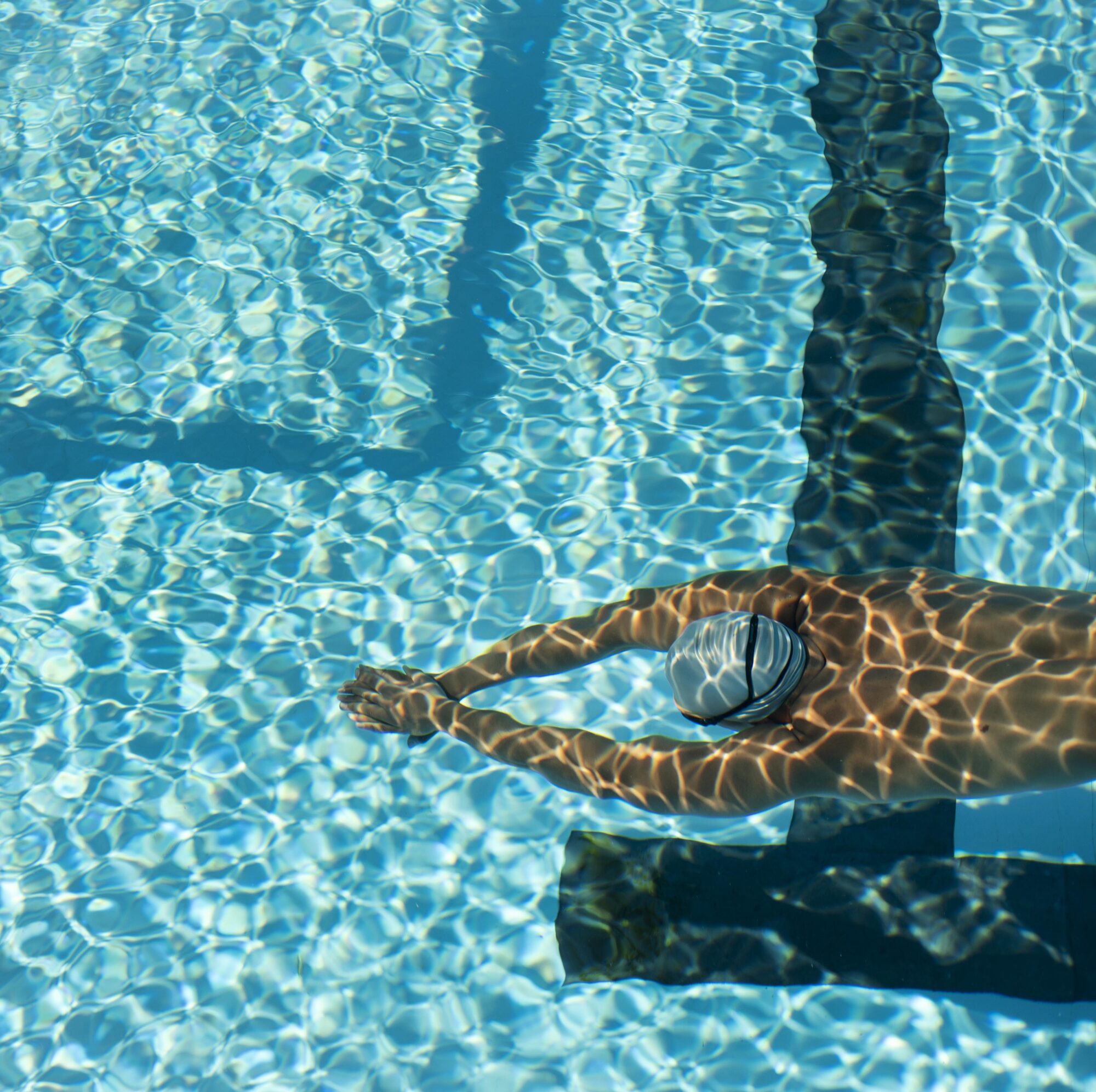Whether you swim for fitness, fun, or as part of your summer routine, there’s one thing most swimmers agree on: chlorine and saltwater can wreak havoc on your skin. Dryness, tanning, breakouts, and irritation are common skin issues after frequent swimming—especially when proper care isn’t taken.
The good news? A few simple steps before and after your swim can protect your skin and keep it healthy, soft, and glowing. In this blog, we share dermatologist-recommended tips to take care of your skin before and after swimming, especially useful for people who swim regularly in pools or outdoors.
Why Swimming Affects Your Skin
Swimming pools are often filled with chlorine to kill bacteria, but this chemical can also:
- Strip your skin’s natural oils
- Disrupt your skin barrier
- Cause dryness, flakiness, and itching
- Lead to rashes in people with sensitive skin
If you swim outdoors, sun exposure adds to the damage, leading to tanning, pigmentation, and dullness. That’s why a protective skincare routine is crucial.
Before Swimming: How to Prep Your Skin
Pre-swim care is all about creating a protective barrier between your skin and the water.
1. Apply a Water-Resistant Sunscreen
Choose a broad-spectrum sunscreen (SPF 50+) that is water-resistant. Apply it 30 minutes before entering the pool. Don’t forget often-missed areas like:
- Ears
- Back of the neck
- Feet and shoulders
Look for sunscreens with zinc oxide or titanium dioxide, which are gentle and provide excellent UV protection.
2. Use a Barrier Cream or Light Moisturiser
Apply a light, non-comedogenic moisturiser or petroleum jelly (for sensitive skin) to create a protective seal that minimizes chlorine absorption.
3. Shower Before You Swim
Yes, a pre-swim rinse helps! Wetting your skin with clean water reduces its ability to absorb chlorinated water, just like a sponge already soaked won’t soak up as much.
4. Avoid Makeup or Perfumed Products
Avoid using makeup, perfume, or heavy skincare products right before swimming as they can react with chlorine and irritate your skin.
After Swimming: How to Repair and Restore
Post-swim care focuses on cleansing, rehydrating, and calming the skin.
1. Rinse Off Immediately
The moment you’re out of the pool, take a shower with lukewarm water. This helps wash away chlorine, salt, and other chemicals that can dry or damage your skin.
2. Use a Gentle Cleanser
Choose a fragrance-free, pH-balanced cleanser that won’t strip your skin further. Avoid harsh soaps and exfoliators after swimming.
3. Apply a Hydrating Moisturiser
Post-cleansing, your skin needs moisture. Use a ceramide-based, glycerin, or hyaluronic acid-rich moisturiser to soothe and restore hydration. Apply while your skin is still damp for better absorption.
4. Soothe with Aloe Vera or Calming Gel
If you feel a burning sensation or redness, apply a cool aloe vera gel or post-sun calming gel to reduce inflammation.
5. Reapply Sunscreen If Outdoors
If you’re heading back outdoors after swimming, don’t forget to reapply sunscreen, especially if you’ve towel-dried.
Dermatologist Tips for Regular Swimmers
If you swim frequently—whether in chlorinated pools or saltwater—it’s best to follow a long-term skincare strategy:
- Exfoliate 1–2 times a week to remove chlorine buildup and dead skin (but not right after swimming).
- Use antioxidant serums like Vitamin C to protect against tanning and pigmentation.
- Consider using a barrier repair cream at night if your skin feels dry or damaged.
- If tanning, pigmentation, or rashes persist, visit a dermatologist for tailored treatments like chemical peels, de-tan facials, or laser therapy.
Pro Tip: Don’t Forget Your Lips and Hair
Your lips can dry out from chlorine too. Use a lip balm with SPF before swimming, and a hydrating lip butter after.
Hair care matters too—apply a leave-in conditioner or wear a swim cap to protect your hair from chlorine and salt damage.
Final Thoughts
Swimming is a fantastic full-body workout, but it shouldn’t come at the cost of your skin. With the right care before and after your swim, you can enjoy the water while keeping your skin healthy, clear, and glowing.
If you’re struggling with swimming tan, irritation, or pigmentation, it’s best to consult a qualified dermatologist for customized skincare advice and treatments.
Consult Bangalore’s Trusted Skin Expert – Dr. Divya Sharma
Dr. Divya Sharma, a leading dermatologist in Bangalore, offers personalized skincare plans for swimmers and athletes, including solutions for tanning, pigmentation, dryness, and post-swim rashes.
📍 Visit: Whitefield, Bangalore
🌐 Website: www.drdivyasharma.com
📞 Book an Appointment Now:
FAQs: Skin Care and Swimming
Q1. Can swimming cause acne?
Yes, chlorine can irritate acne-prone skin. Dr. Divya recommends non-comedogenic products and gentle cleansers for prevention.
Q2. How to treat swimming tan fast?
Chemical peels, laser therapy, and dermatologist-approved creams can help reduce tanning effectively.
Q3. Is it okay to swim every day with sensitive skin?
Yes, with proper skincare and dermatologist supervision, sensitive skin can tolerate regular swimming.
Q4. Can I use regular sunscreen for swimming?
Always use water-resistant sunscreen for swimming to ensure protection stays effective in water.
Q5. What’s the best moisturiser after swimming?
Choose a fragrance-free moisturiser with ceramides or hyaluronic acid for deep hydration.

